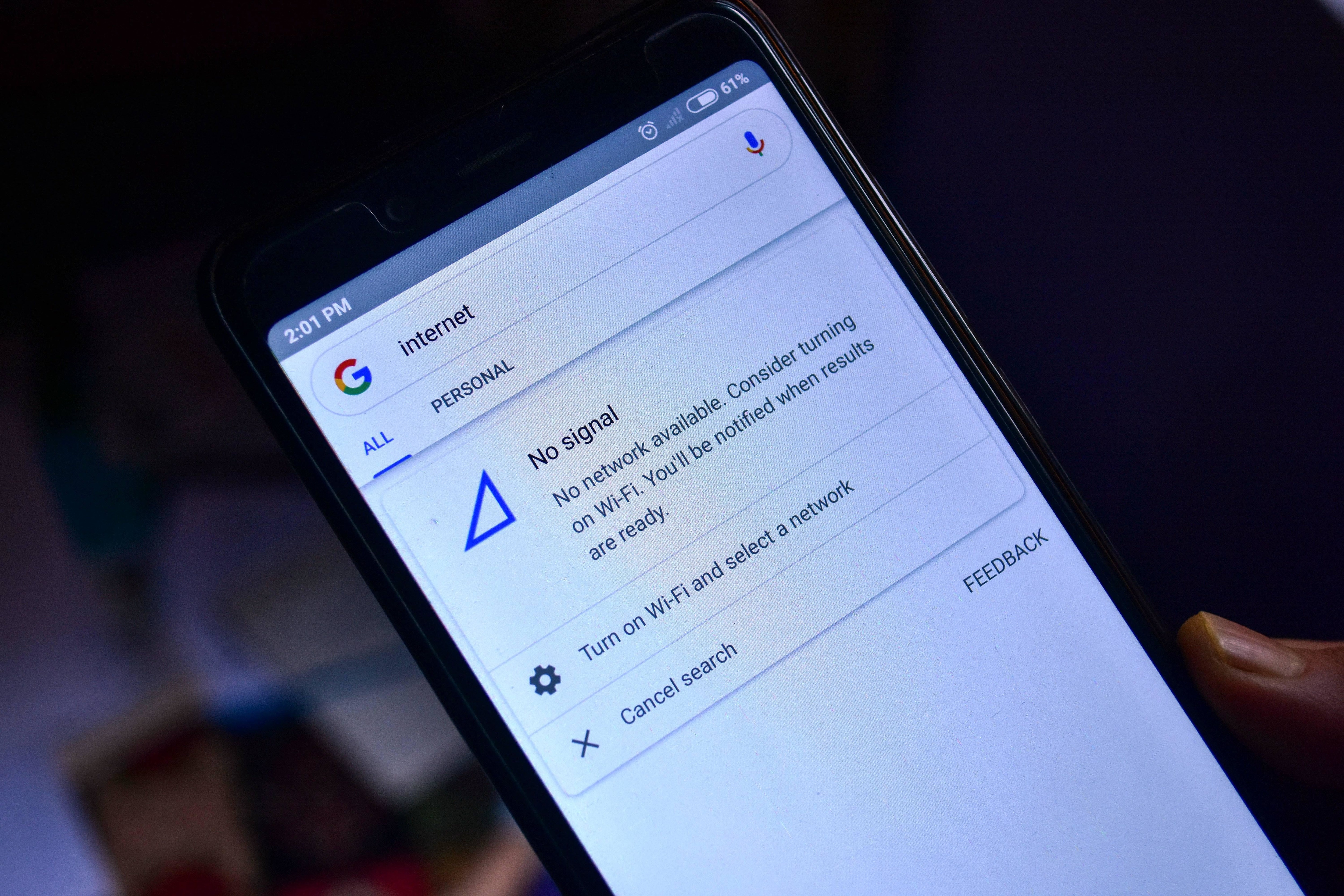
Even if broadcast becomes all MVPDs and internet—and we never use those big-power, tall towers again—they still hold high value for society. For broadcasters, they are either an expensive burden or a big opportunity.
For a century, we have enjoyed a social contract where we entertain and inform, especially in crisis, for anyone and everyone who has access to a receiver; in return for spectrum and the authorization to monetize it. How this works and the technology underpinning it has transformed in a thousand ways. Once, transmitters and a channel number were foundational. Today, few would notice if OTA vanished. This is not an existential crisis. However, it is disruptive. Done well, it will be very good in many ways.
The idea that the wireless cell network is reliable enough for Emergency Mass Communications is absurd."
If there were no other reasons for a next generation of broadcasting, Emergency Mass Communications would be more than enough. ATSC’s 3.0 Advanced Emergency Alerting and Informing (AEI) would cement OTA broadcasting’s relevance. Further, there is a good argument that AEI could reinvigorate NextGen development.
Further, as we have become exceedingly dependent on GPS, the world has been searching for a backup. Broadcast Positioning System (an alternative that could supplement GPS in case of failure) is doubtless the best of the alternatives.
Everything we might do with our transmitters depends on the number of receivers. Expanding our reach into phones, home routers/gateways, cars, etc. is far more imperative than TVs. Metcalfe’s law states that “the financial value or influence of a telecommunications network is proportional to the square of the number of connected users of the system.” Today, broadcasters should be more motivated to “put 3.0 chips” in devices than attracting eyeballs.
If we want to keep our transmitters and spectrum—and there is no technical reason we can’t survive with only MVPDs and streaming—we should be steering to a favorable recasting of the social contract and infrastructure.
The idea that the wireless cell network is reliable enough for Emergency Mass Communications is absurd. The fragile wireless network collapses in any modest emergency. Even on a very bad day, scraped Earth incident, there has always—each and every time—been broadcast signals continuously relaying critical information. WEA and the wireless network is literally the fire extinguisher that doesn’t work in the presence of smoke.
No one is happy with EAS or WEA. AEI/BPS is the opportunity to bring Emergency Mass Communications in line with current technology and expectations, all the while increasing our relevance and reach. There isn’t a broadcast newsroom that doesn’t crave being the universal gateway to critical information.
Both BPS and basic AEI signaling are easy lifts that consume trivial spectrum. To us, this is nothing. To the world, this is huge. If we do our part and the FCC/FEMA pursues AEI/BPS we become more relevant.
With little drama, we should open the door to put ATSC 3.0 in more devices. It is that rare win-win all around.
Fred Baumgartner is a retired broadcast engineer. He once took time off to develop and promote EAS.







